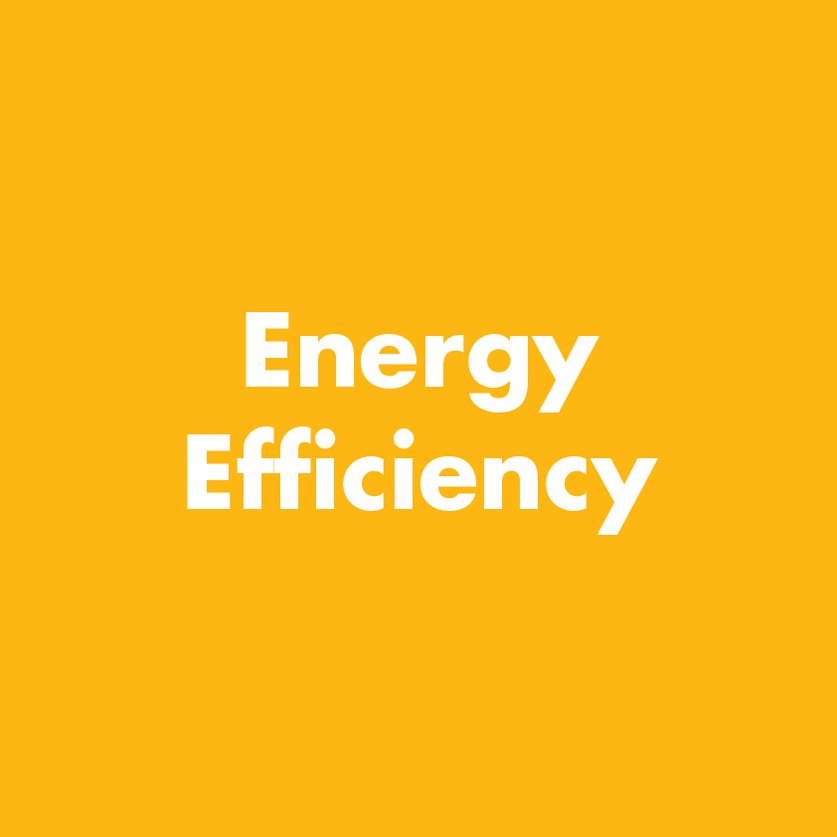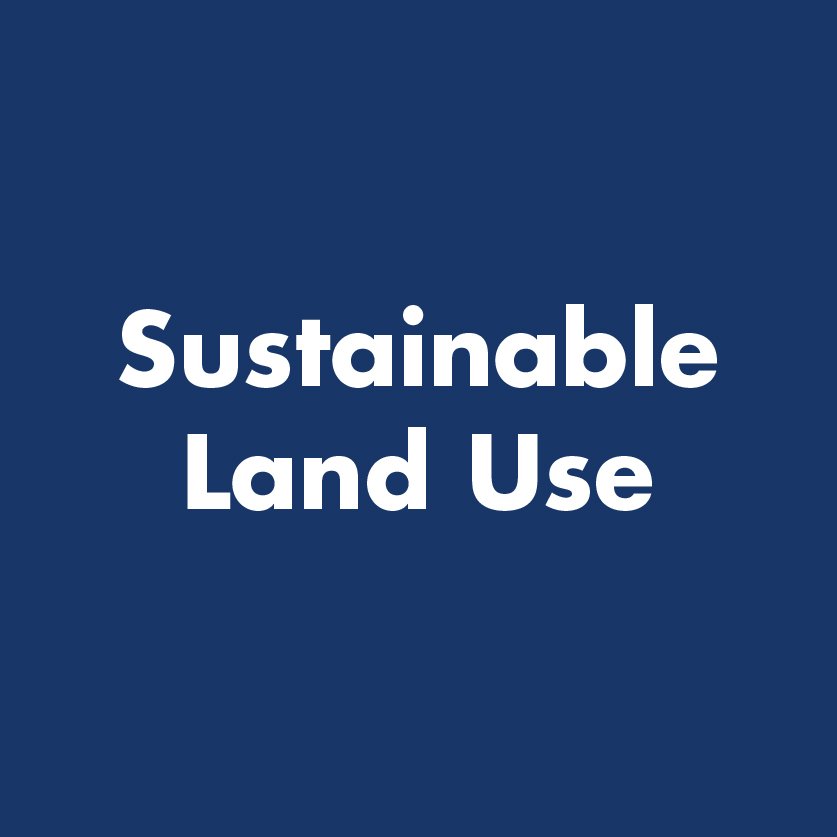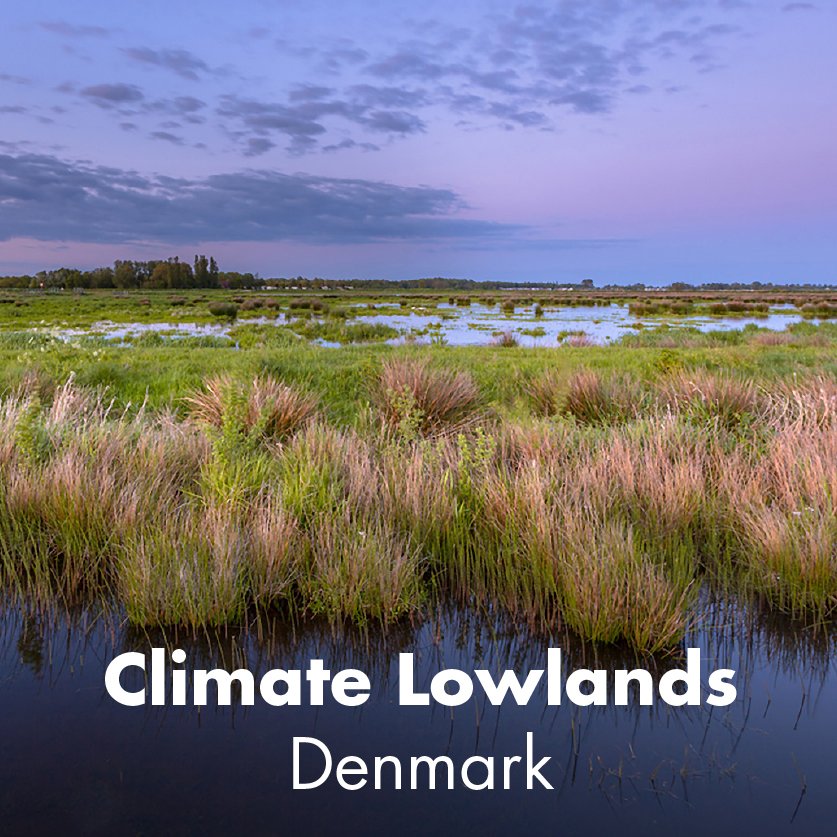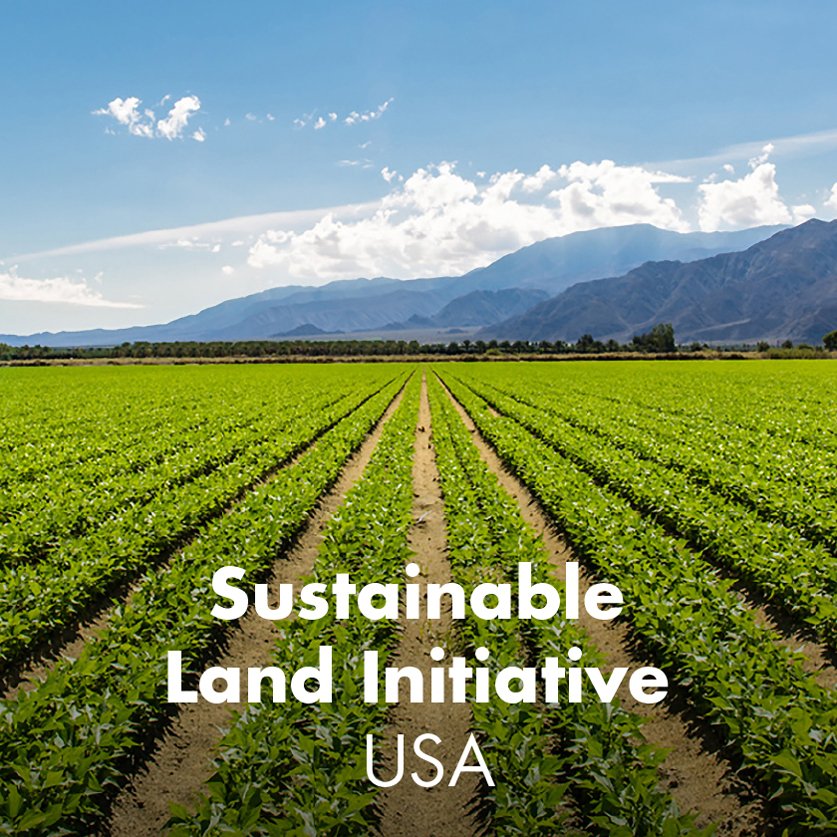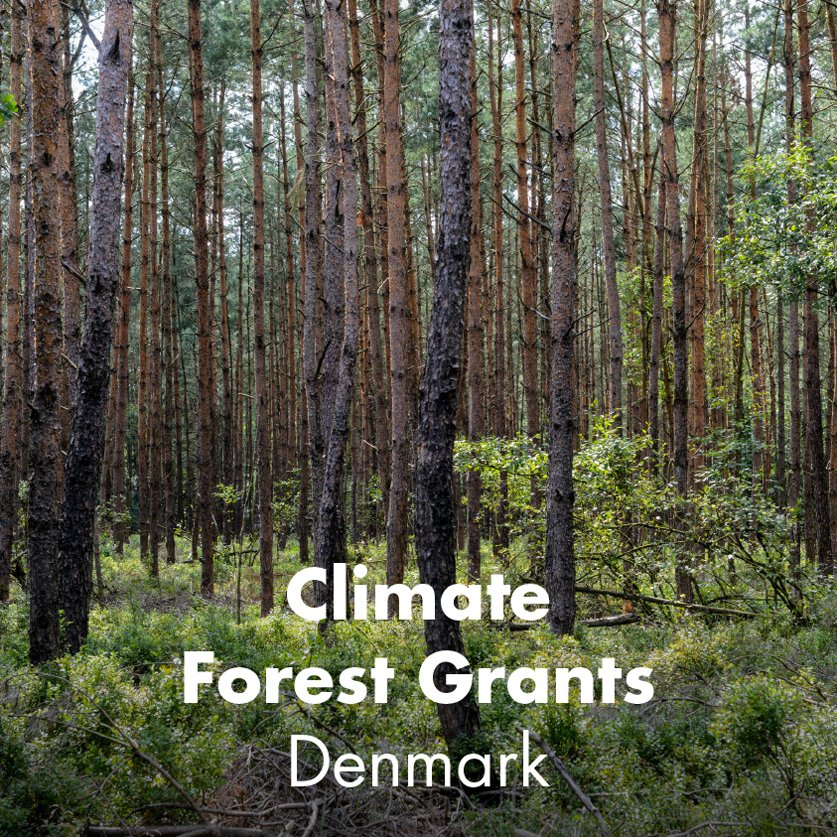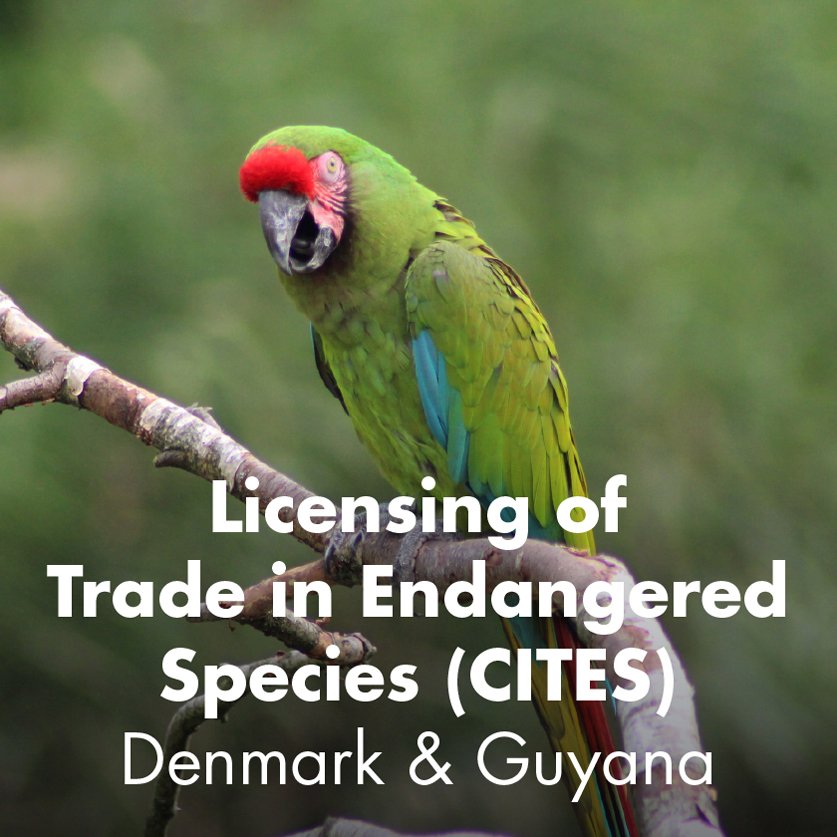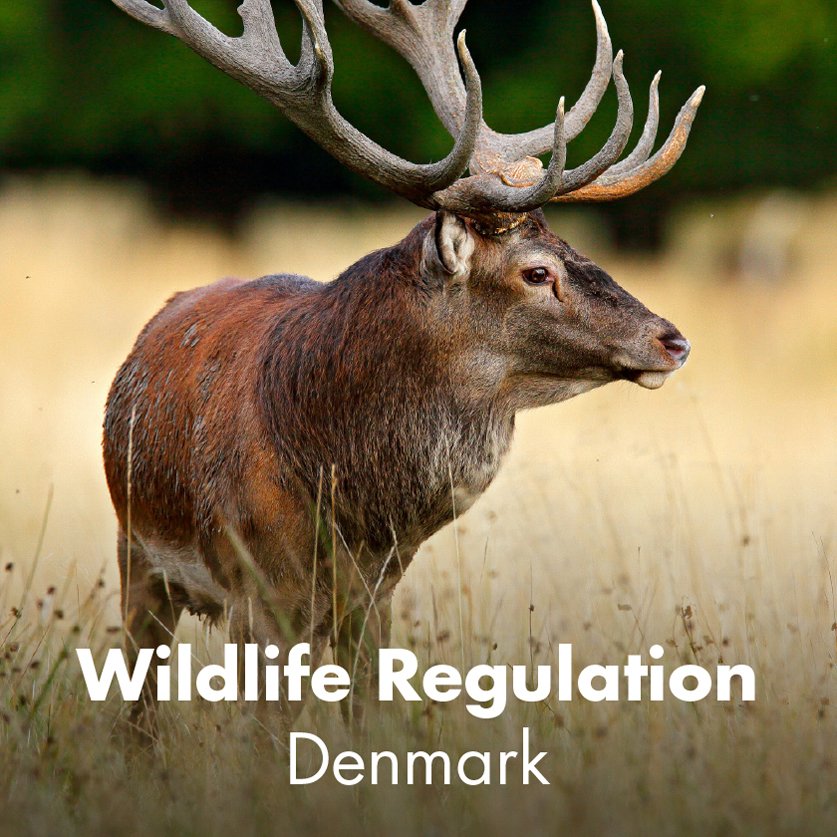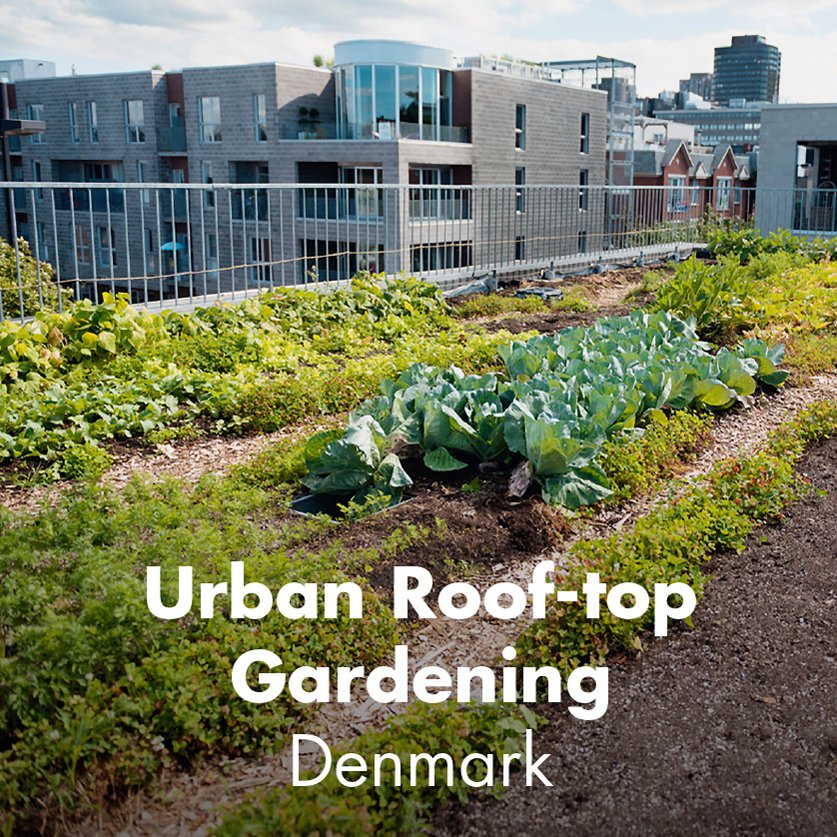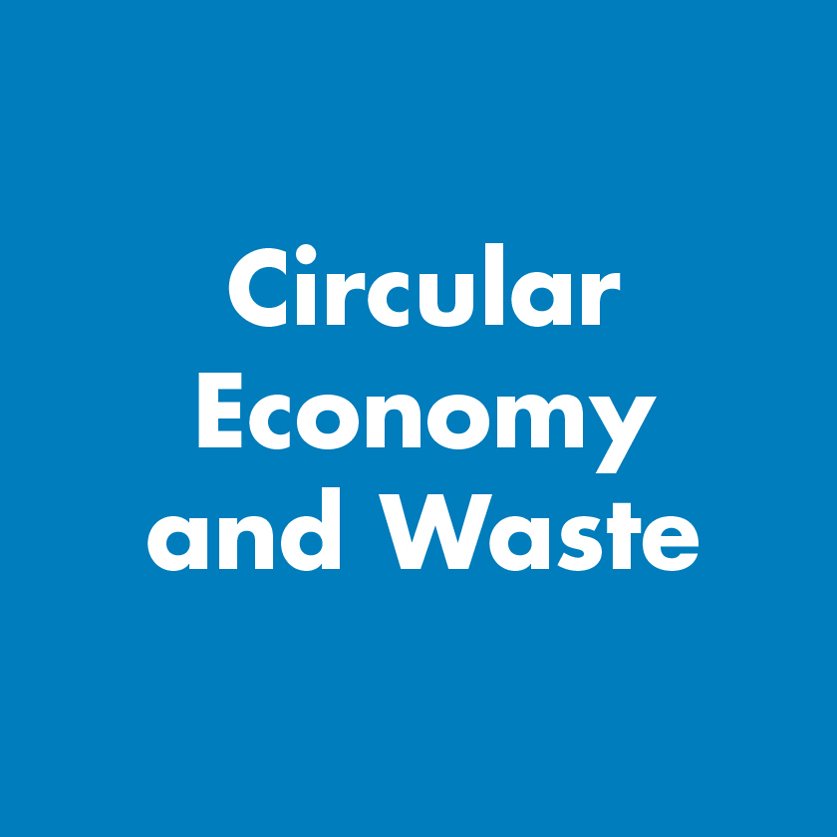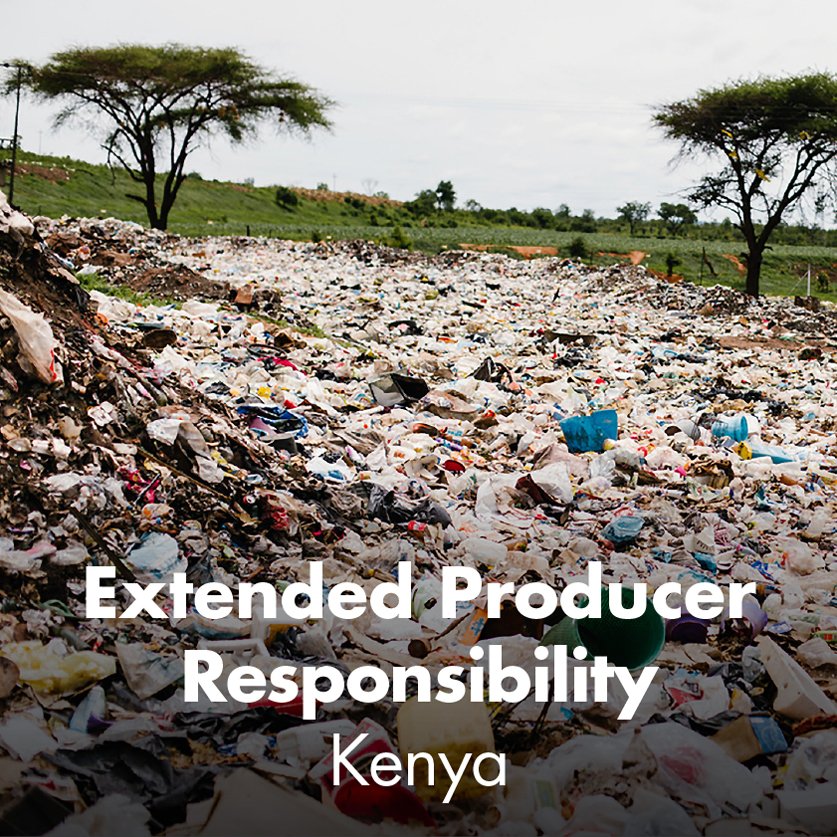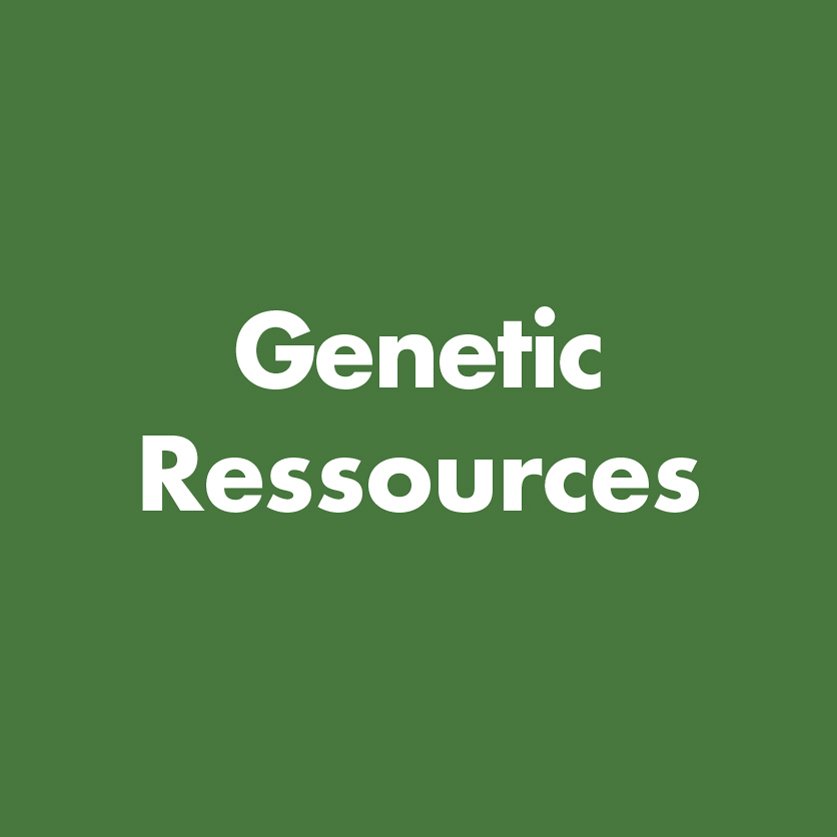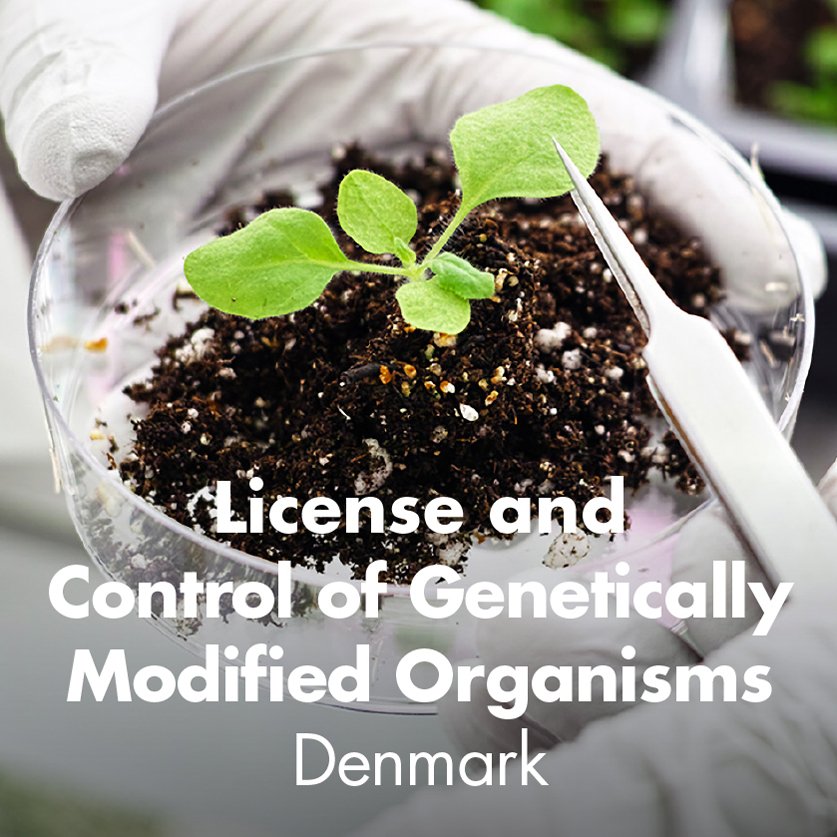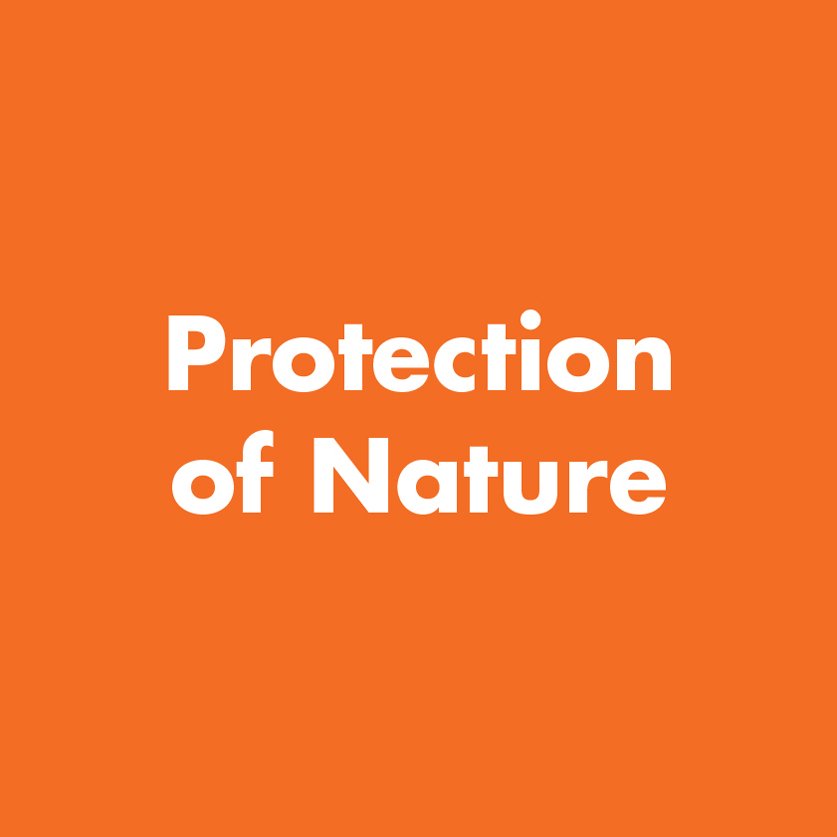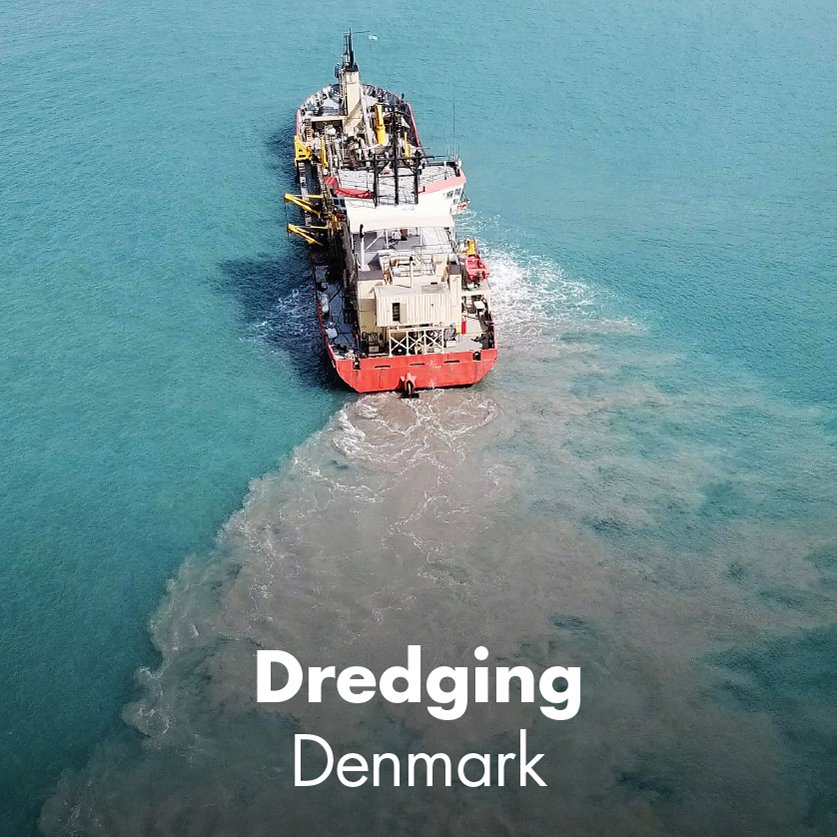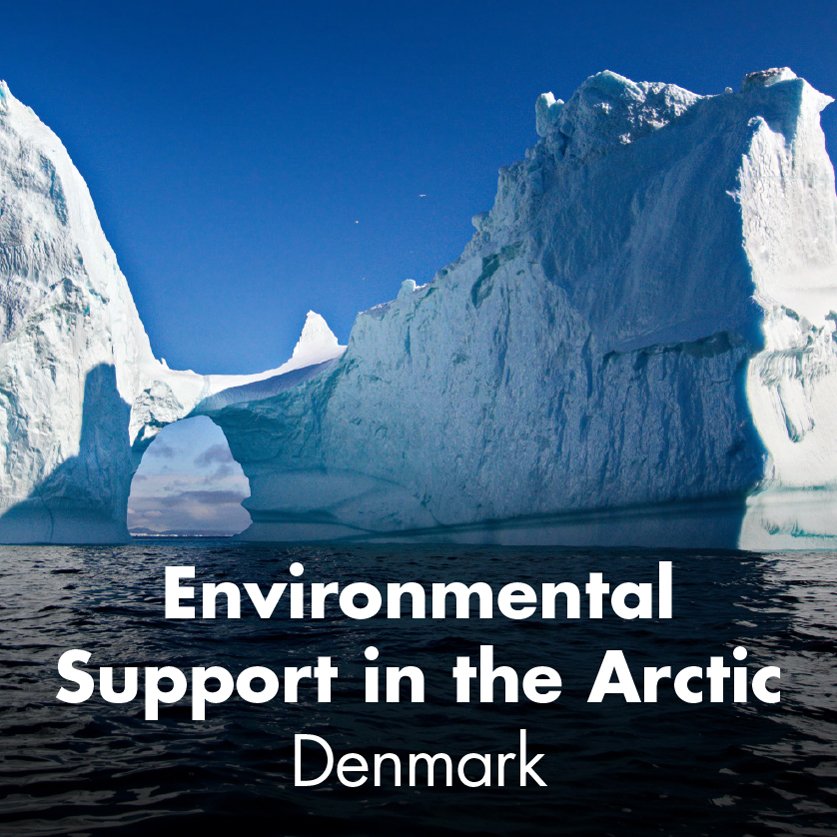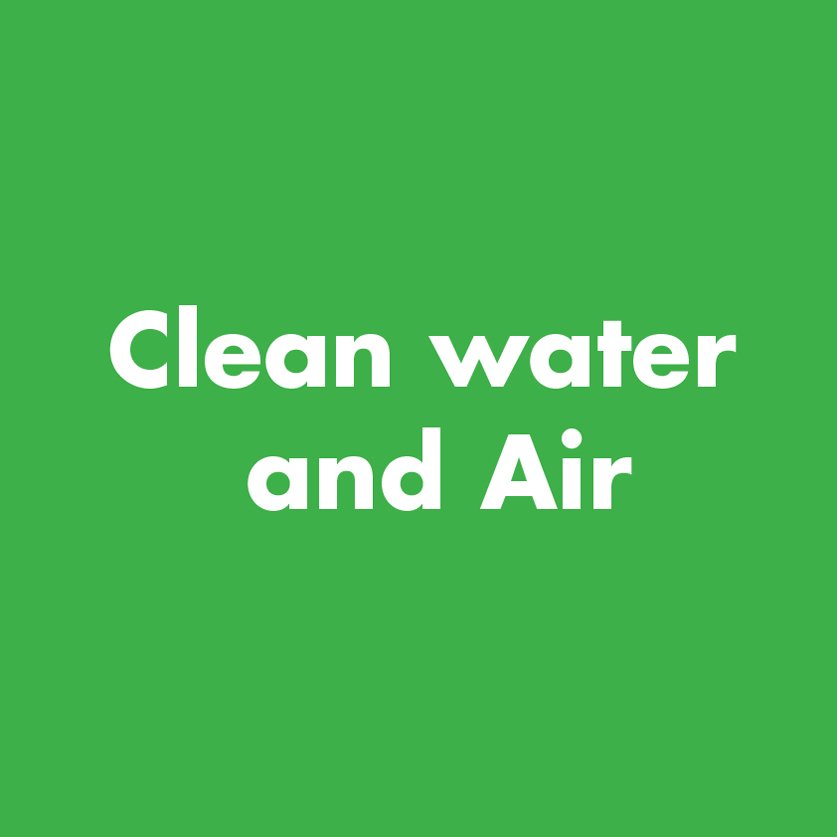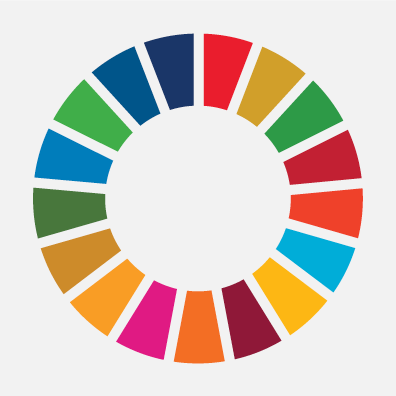Sustainable Land Initiative (USA)
Challenge
The California Air Resources Board (CARB) estimates that agriculture is the fifth largest source of California’s GHG emissions. About 70 percent of the 32 million tons of CO2e are methane emissions from livestock.
Sustainable land management and carbon farming are proven and cost-efficient means of reducing carbon in the atmosphere while benefiting landowners through enhancements such as improved soil quality, greater yields, and superior water quality/retention.
California’s Resource Conservation Districts (RCDs) have intimate knowledge of local environmental needs and solutions that will improve environmental value in the local area, however they have historically lacked consistent processes by which to identify, fund, execute and measure the impacts of those initiatives. The process from engaging with a landowner to develop a Carbon Farming Action Plan to the funding end execution of the plans have been taking years.
KEYWORDS
Thematic
Agriculture, Sustainable farming, Carbon Farming Action Plans, sequestration, water management
Legal
Healthy Soils. SB-1383, CEQA, Sustainable Ground Water Management Act
Tech
Checklists, field inspection
Solution
The Sustainable Land Initiative began in December 2021. Representatives from counties, municipalities, RCDs, private businesses, and landowners participated in a series of interviews to inform and identify the process most appropriate for rapid implementation and maximum potential benefit to the region and landowner.
This standard process was influenced by local expertise and state / national best practices and tools to accelerate improved water management and carbon sequestration through agriculture and sustainable land practices. The process provides a consistent means of estimating and measuring impact and increases funding for further initiatives.
The process designed during phase one of the Sustainable Land Initiative will accelerate the speed of action and exponentially increase environmentally beneficial impact. What once took a landowner several years, should be achieved within weeks or months.
Intake
Landowners have the ability to easily and consistently express interest in adopting sustainable land practices. California’s Resource Conservation Districts (RCD) will receive all necessary information to proceed with a land assessment. The intake process provides RCDs with justification for consistent funding for technical assistance reducing the need to find one-off funding for each landowner
Assess
Through a combination of publicly available data and on-site analysis, RCD staff have the ability to rapidly, consistently and effectively identify opportunities for sustainable land use that will reduce the severity or counteract climate impacts.
Prioritize
Landowners are presented with an easily digestible overview of sustainable practices appropriate for their land that includes estimated cost, timeline, impact and proposed funding source. RCD staff will advise landowners on each proposed project and enable the landowner to make an informed decision on which projects to push forward.
Fund
The intake, assess, and prioritize steps provide RCD staff with all information necessary to secure funding without burdening landowners. Based on landowner priorities, RCD staff will facilitate securing of funds (e.g. grant applications, NGO partnerships, etc.) RCD involvement eliminates the need for landowners to navigate a convoluted grant environment that often encumbers progress. This will improve quality, speed and amount of funding.
Implement
RCD staff will remain involved as project managers, if desired by landowners, to help secure and coordinate the equipment, expertise and labor necessary to design and deliver on landowners sustainable goals. This reduces the burden on landowners’ time and will provide economies of scale that reduce cost to deliver.
Measure
Consistently estimating and measuring the impact of projects by trained RCD staff using scientific best practices provides confidence that the Central Coast is meeting their regional climate goals. Consistently measuring impact will inform future initiatives allowing the region to maximize future impact. Communicating and marketing the success of these initiatives will increase future funding and provide a playbook for other parts of the state and nation to adopt.
The solution is a fully digitalized process for identifying and assessing sustainable practices that leads to rapid implementation of those practices and the sequestration or reduction in GHG by allowing RCDs to rapidly connect landowners with funding and technical assistance to implement sustainable practices.
Identify and prioritize landowners interested in implementing sustainable practices
Rapidly assess the viability of a property during a site-visit via tablet or mobile device and tie potential practices to grant funding
Prioritize practices based upon landowner needs, capabilities, and interest
Rapidly complete grant applications as part of assessment process
Develop a regional inventory of sustainable projects that could be quickly implemented in the future
Results
The Upper Salinas-Las Tables Resource Conservation District’s “Sustainable Land Initiative” has piloted a replicable process improving the speed and scale and therefore impact how sustainable land practices can be conducted in the region, since it is a scalable solution that can be adopted across the state and beyond.
The process proactively identifies properties with the greatest potential for water management and carbon reduction or sequestration and helps to streamline the funding, implementation and monitoring of those projects. This will enable rapid, effective, and measurable reduction or sequestration in greenhouse gas and water retention through agriculture and other sustainable land practices.
California’s Central Coast has a wealth of lands well suited for carbon removal and sequestration. The project accelerates the implementation of sustainable farming initiatives in the Central Coast, while at the same time providing other regions of the state and country with a playbook for similar execution.
The future objective is to provide municipalities, counties, RCDs and other interested parties across the state with an immediate means of leveraging sustainable land practices to achieve their carbon reduction water management goals while benefiting landowners.


